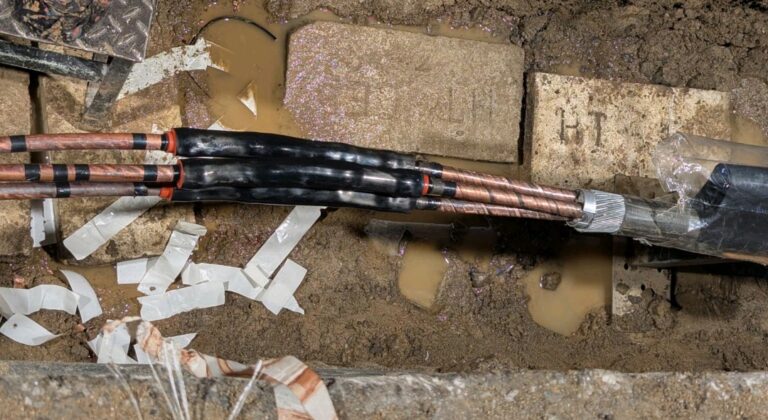Generator grounding is an important aspect of electrical power systems as it helps to ensure the safety of personnel and equipment.
Here are some common generator grounding methods:
* Solid Grounding: In this method, we connect the neutral point of the generator directly to the earth. This provides a low-impedance path for the fault current to flow to the ground. It is the simplest and most common method of generator grounding.
* Low Resistance Grounding: This method involves connecting a low-resistance grounding resistor between the neutral point of the generator and the earth. The resistor can limit the fault current to a level that is high enough to detect the fault, but low enough to prevent damage to the equipment. Low resistance grounding is very common in high-voltage systems where the fault current is relatively high.
* High Resistance Grounding: This method involves connecting a resistor with high resistance between the neutral point of the generator and the earth. High-resistance grounding is very common in low-voltage systems where the fault current is relatively low.
* Hybrid Grounding: In hybrid grounding, we implement the grounding system by combining both low-resistance and high-resistance grounding. This method is suitable for systems with multiple sources.
* Arc Suppression Coil (ASC) Grounding: This method involves connecting an arc suppression coil between the neutral point of the generator and the earth. The ASC limits the magnitude and duration of ground faults, reducing the risk of equipment damage and electrical shock.
* Resonant Grounding: In this method, we connect a grounding inductor and capacitor in series between the neutral point of the generator and the earth. They create a resonant circuit that limits the fault current to a safe level. Resonant grounding is very common in high-voltage systems with high fault currents.
* Ungrounded Generator: In this method, we do not ground the generator at all. This is a less common method and common in systems where continuity of service is critical, and the risk of equipment damage and electrical shock is acceptable.
What are NGR AND NGT?
In the intricate world of electrical engineering, neutral grounding resistors (NGRs) stand as a crucial component, ensuring safety and limiting damage in the event of an electrical fault. They are indispensable to the smooth operation of electrical systems, especially in power generation and distribution networks. However, their role may not be completely understood outside the circle of electrical engineers and technicians. This article aims to fill that gap, presenting an accessible, comprehensive examination of what a neutral grounding resistor is and how it works. We will delve into the theory and practice of NGRs, discussing their design, functions, and the mechanisms that make them essential components in protecting our electrical infrastructure.
